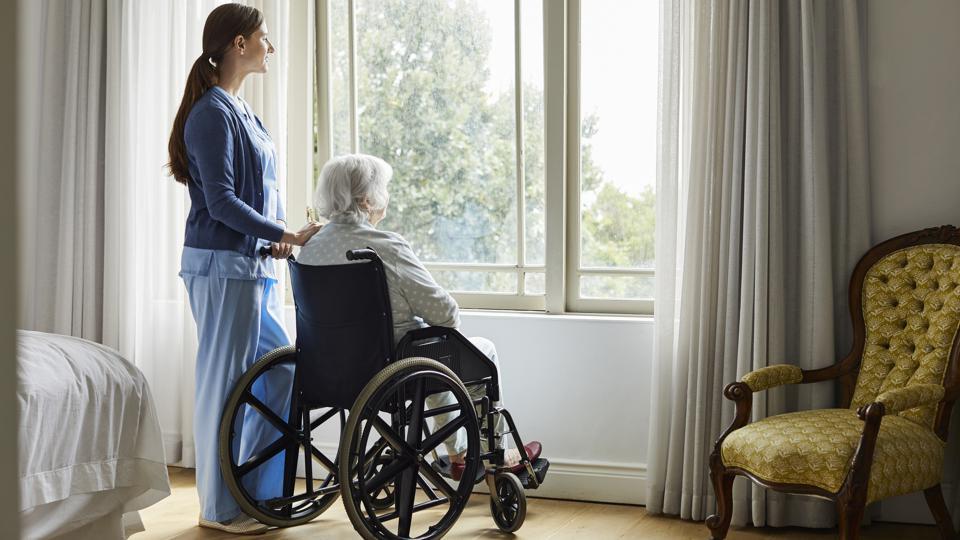There are several effective physical therapy techniques that can be used for in-home treatment. One such technique is range-of-motion exercises, which are designed to increase flexibility and range of motion in the affected area. Your physical therapist can guide you through a series of exercises that target specific muscle groups and joints, such as shoulder circles, leg lifts, or wrist curls. These exercises can be modified to accommodate your individual needs and abilities, ensuring that you make progress at a pace that is safe and comfortable for you.
Another effective technique for in-home physical therapy is resistance training, which involves using weights or resistance bands to build strength and muscle mass. Resistance training is particularly useful for people who are recovering from a surgery or injury that has caused muscle atrophy or weakness. Your physical therapist can help you develop a resistance training program that is appropriate for your level of strength and can be safely performed at home.
Balance and coordination exercises are another important aspect of in-home physical therapy. These exercises are designed to improve your balance and reduce the risk of falls or other injuries. Your physical therapist may use tools such as balance balls, foam pads, or wobble boards to challenge your balance and coordination in a safe and controlled environment.
In addition to these specific techniques, in-home physical therapy also involves education and guidance from your physical therapist. Your therapist can help you understand your condition, explain how your exercises and treatment plan are contributing to your recovery, and provide guidance on how to perform activities of daily living in a safe and effective manner. They can also answer any questions you may have about your recovery process, ensuring that you feel empowered and informed throughout your treatment.
It’s worth noting that in-home physical therapy may not be appropriate for everyone. If you require specialized equipment or facilities for your treatment, such as a pool for aquatic therapy or a gym for strength training, you may need to receive treatment in a clinical setting. Additionally, if your condition requires close monitoring or frequent adjustments to your treatment plan, your therapist may recommend that you receive in-person treatment more frequently than is possible with in-home physical therapy.

